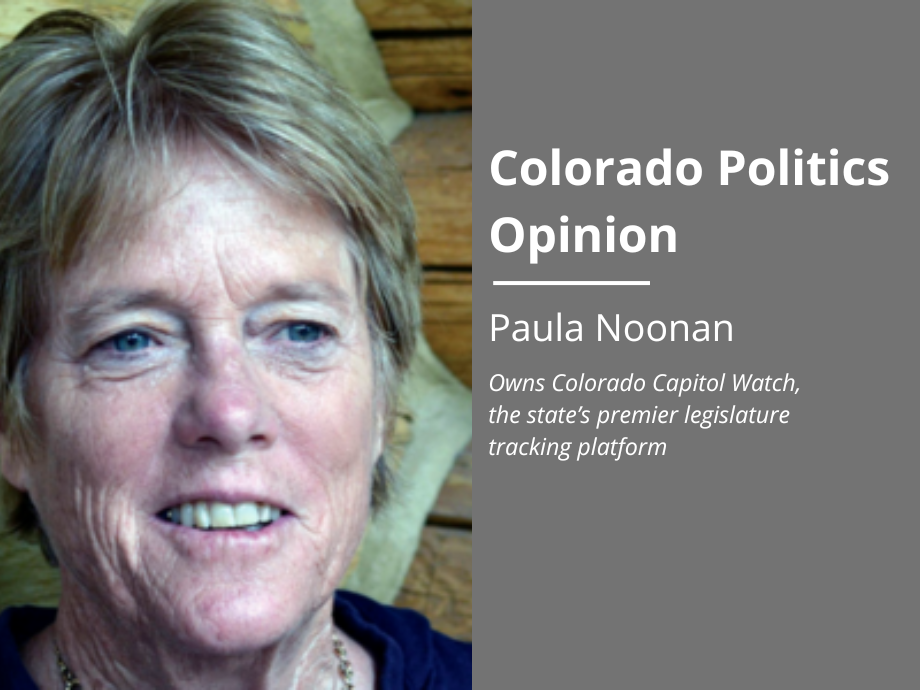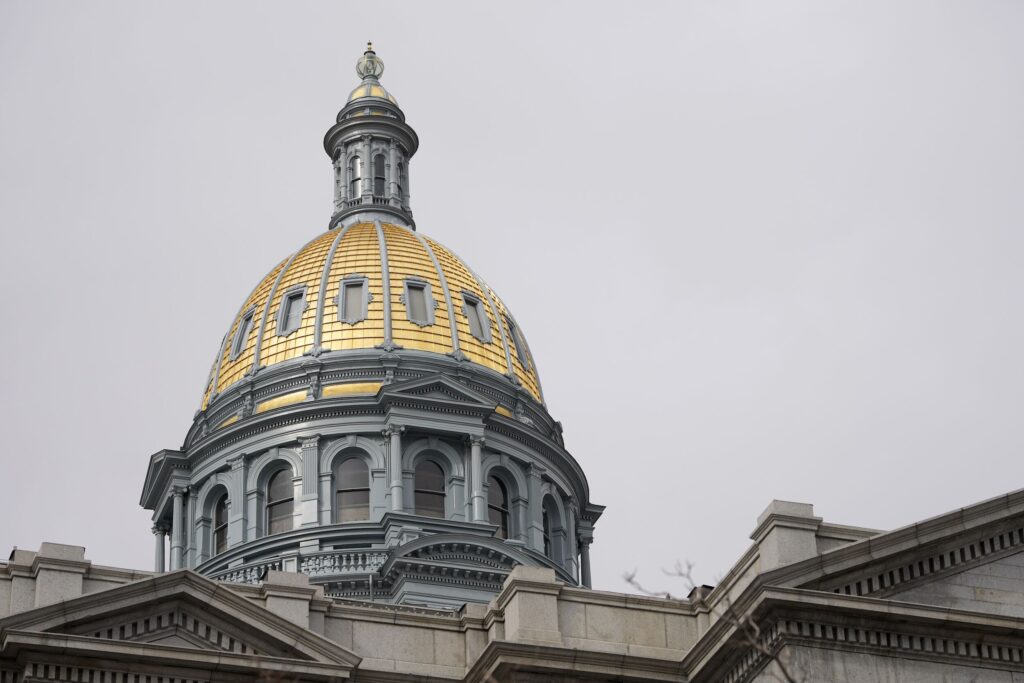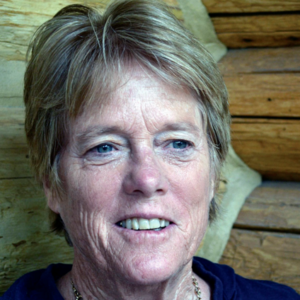State education financing SNAFU rife with inequities | NOONAN


The storyline on Colorado’s charter schools from Colorado’s charter schools is they get less funding than district public schools. Not sure why that canard is hanging on out there.
A recent review of district per-student funding reveals a wide variety of dollars per district and a huge variation in dollars spent through county/district property taxes vs. state contributions. There are also some twists and turns that greatly affect how state dollars are distributed to district-run schools as opposed to state-authorized or District 49 BOCES-authorized schools.
District run schools receive funds from three sources: local property and ownership taxes, state money and federal dollars for specific programs. Amounts from the sources vary depending on how much local revenue comes in. If districts have low property values, the state cranks up the dollars. If districts have high property values, think Aspen, the state contribution tanks.
Based on this idea, it’s logical to believe each school district has roughly the same amount to spend on students in classrooms, but that’s not so. There can be many thousands of dollars separating districts. Aspen spends more than $15,000 per student on 1,549 students. Roaring Fork, just down the road, spends $10,962. Delta County Schools, on the other side of the mountains, spends $6,740. Delta gets 30% of its money from local taxes and 54% from the state. Roaring Fork gets 68% from local taxes and 28% from the state. Aspen gets 89% of its funding from local taxes and 9% from the state.
The state’s idea of equalizing isn’t equalizing and how the state distributes money to non-district charter schools governed by an unelected board and a District 49 BOCES Education Re-Envisioned enterprise affects how much state money is available to other districts and schools.
Stay up to speed: Sign-up for daily opinion in your inbox Monday-Friday
BOCES Education Re-Envisioned gets the highest percent of state money per student in Colorado. It receives 97% of its funds from the state at $8,209 per student for 4,395 students, with only 3% coming from local sources. That’s almost $35 million passed through to BOCES Ed Re-Envisioned by either District 49 or Pikes Peak Community College, another authorizer, based on District 49’s per-student funding numbers. Ken Witt is executive director of this Re-Envision enterprise. He’s also the superintendent of Woodland Park Schools. That controversial district receives 48% of its money from local sources and 41% from the state. Woodland Park educated 1,832 students at $8,846 per student for $16.21 million.
District 49 in El Paso County has its troubles with 24,766 students in a mix of district-operated and charter schools. Some of its schools appear to be doing well based on CDE’s criteria that advantages schools with fewer than 50% minority students, only 25% to 50% of kids on Free and Reduced lunch (FRL) and under 5% of children as English language learners (ELL). But some District 49 schools aren’t doing well under the same criteria because the overall district performance rating is 49.5%, Accredited with Performance Plan in 2022, and 45.3%, Accredited with Performance Plan in 2023. Both years the district showed low participation on state-mandated tests.
Witt’s BOCES Ed Re-Envisioned performed worse. It went from 43.4% performance rating, Accredited with Performance Plan in 2022, to 42.5% performance rating, Accredited with Performance Plan in 2023. That’s $35 million the state plowhed into Ed Re-Envision as a “choice” for students with practically no local funding. That massive investment of funds could be used to offset some of the inequity found in an accredited district like Delta’s. It’s an example of problematic state policy. Citizens should be grateful Aspen School District wasn’t the BOCES EdRe-Envisioned authorizer. That would have sent $15,000 per student to this re-envisioning education enterprise.
Even more unnerving because of the dollar amounts is state funding of the Charter School Institute enterprise. This entity supports almost 22,000 students at an average of $10,247 per student. The actual number per-student per school varies depending on the district in which the charter school resides. Charter Institute students receive dollars that roughly match the per student dollars of the charters’ location. Charters in Adams 12, as an example, receive roughly Adams 12 per-student funding.
But most of the money for institute-authorized charters doesn’t come from local districts. It comes from the state at 81%. Local money represents only 9%, with the rest from the feds. Only little public school district North Conejos RE-11 gets more state money, at 83%, with 8% local. But its per-student funding is only $7,538, about $2,500 less per student than the average for Charter Institute schools.
Charter Institute schools took in $182.60 million in 2022 from the state. It’s FRL numbers are on the low end of the range, 25% to 50%. In contrast, Adams 14 with 6,114 students and 41% to 43% local-to-state funding dollars has 75% to 100% of students on FRL. Charter Institute schools educate 12% of its students as English language learners (ELL). Adams 14 has 41% of its students as ELL children.
The inequities for Delta and Adams 14 schools are obvious. Adams 14 especially has a student population facing challenges way above and beyond Charter Institute schools yet it receives $1,000 less in per-student funding than the average for the Institute charters. The state’s education priorities and inequitable choices as delivered through state money are in a chronic condition of SNAFU. That has to change.
Paula Noonan owns Colorado Capitol Watch, the state’s premier legislature tracking platform.












